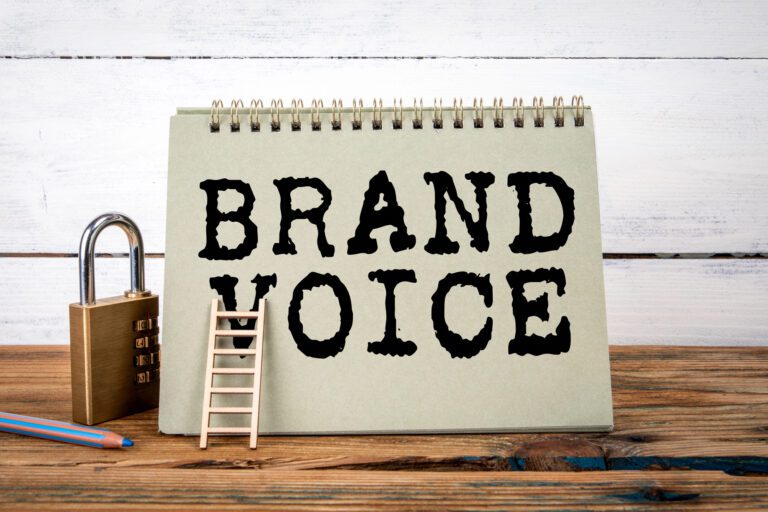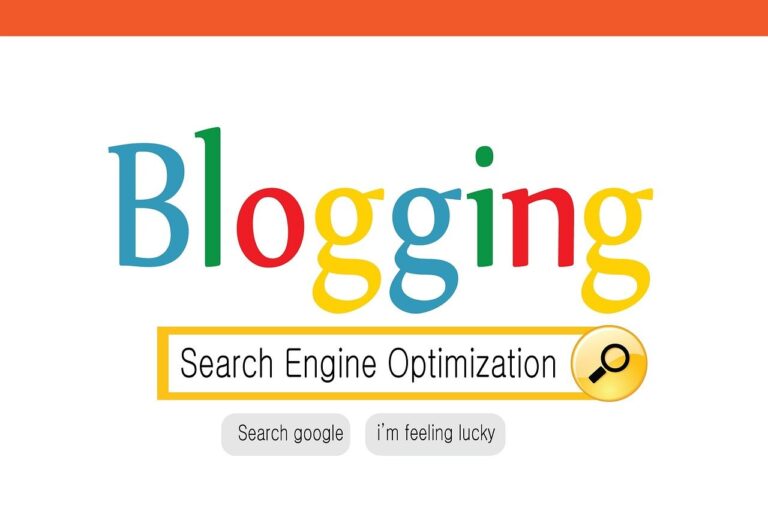Email personalization has become a crucial strategy for businesses aiming to enhance client engagement and build stronger relationships. By tailoring your messages to individual recipients, you can create more meaningful connections and drive better results.
Personalized emails improve click-through rates by 14% and conversion rates by 10%, making them an essential tool for effective communication.
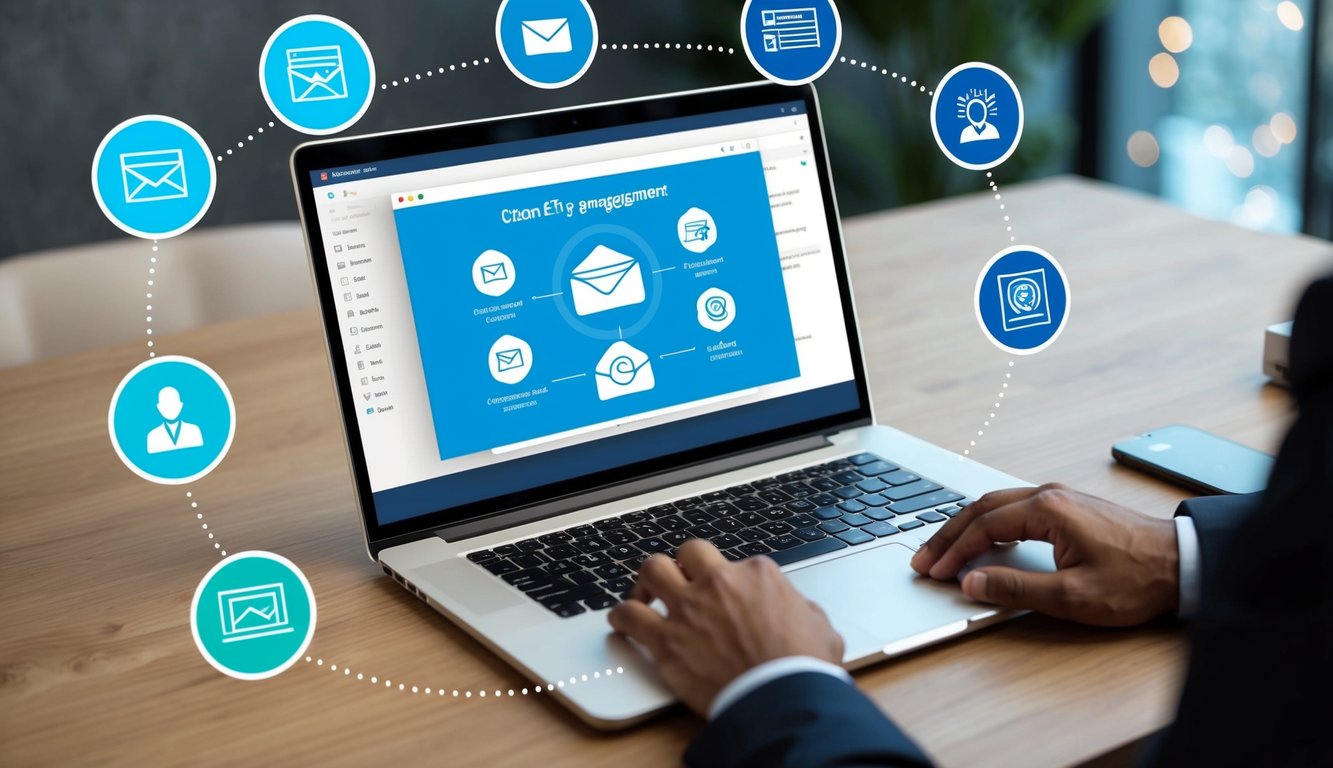
To truly boost engagement, your email personalization efforts should go beyond simply addressing recipients by name. You can create personalized email journeys that deliver relevant content based on each recipient’s preferences, behaviors, and engagement history.
This approach allows you to deepen relationships and enhance customer satisfaction.
Key Takeaways
- Personalized emails significantly improve click-through and conversion rates
- Tailoring content to individual preferences enhances customer relationships
- Leveraging data-driven insights enables more effective email communication strategies
Understanding The Importance Of Personalization In Email Communication
Personalizing email communication can significantly enhance client relationships and health outcomes. It allows you to tailor your messages to each individual’s unique needs and preferences.
Benefits Of Personalization In Holistic Health Practices
Email personalization helps create a deeper connection with your clients. By using their name and referencing specific health concerns, you show that you value them as individuals.
Personalized emails can provide targeted health advice and recommendations. This approach ensures that clients receive information relevant to their unique health journey.
You can use personalization to send timely reminders for appointments, follow-ups, or lifestyle changes. These personalized prompts can improve client adherence to treatment plans and health regimens.
Tailored content also demonstrates your expertise in addressing specific health issues. This builds credibility and reinforces your role as a trusted health advisor.
Impact On Client Engagement And Retention
Personalized emails typically have higher open rates compared to generic messages. When clients see their name or relevant topics in the subject line, they’re more likely to engage with your content.
Customized email content keeps clients interested and invested in their health journey. By addressing their specific concerns, you maintain their attention and encourage active participation.
Personalization allows you to segment your client base and send targeted campaigns. You can group clients by health conditions, treatment stages, or lifestyle goals, ensuring each group receives the most relevant information.
Regular, personalized communication helps maintain long-term relationships with clients. It shows ongoing care and support, increasing the likelihood of client retention.
Building Trust And Improving Health Outcomes
Personalized emails create a sense of individual attention, fostering trust between you and your clients. When clients feel understood, they’re more likely to open up about their health concerns.
Tailored health advice in emails can lead to better implementation of treatment plans. Clients are more likely to follow recommendations that address their specific situations.
You can use personalization to celebrate client milestones and progress. Acknowledging individual achievements can boost motivation and encourage continued commitment to health goals.
Personalized follow-ups allow you to address any concerns or questions promptly. This proactive approach can prevent minor issues from escalating and improve overall health outcomes.
Strategies For Tailoring Email Content
Effective email personalization requires thoughtful approaches to segmentation, content customization, and leveraging client data. These strategies can significantly boost engagement and strengthen client relationships.
Segmenting Your Client List
Start by dividing your client list into distinct groups based on relevant criteria. Consider factors like demographics, purchase history, and engagement levels. This allows you to target specific segments with tailored messages.
Create segments based on client lifecycle stages. New clients may need onboarding information, while long-term clients might appreciate loyalty rewards.
Use behavioral data to segment clients by their interests and preferences. Clients who frequently open emails about a particular topic can be grouped for more focused content.
Geographic segmentation can be valuable for location-specific offers or events. Time zone considerations ensure your emails arrive at optimal times for each recipient.
Customizing Email Content Based On Client Preferences
Tailor your email content to match individual client preferences and needs. This increases relevance and encourages higher engagement rates.
Use dynamic content blocks that change based on client data. For example, show different product recommendations or images depending on the recipient’s past purchases or browsing history.
Personalize subject lines and greetings with the client’s name. Nike’s email strategy includes personalized training tips and product recommendations for Nike+ members.
Adjust your tone and language to match each client segment. B2B clients may prefer a more formal tone, while B2C customers might respond better to casual, friendly language.
Offer content options, allowing clients to choose their preferred email frequency and topics. This empowers them and ensures they receive the most relevant information.
Using Client Health Journeys To Inform Email Content
Leverage client health data to create highly personalized email experiences. This approach can significantly improve engagement and client satisfaction.
Track key indicators of client health, such as product usage, support ticket frequency, and satisfaction scores. Use this data to tailor your email content and timing.
For clients showing signs of disengagement, send re-engagement emails with special offers or educational content to reignite their interest.
Celebrate milestones in the client journey with congratulatory emails. Acknowledge achievements like one year of partnership or reaching usage goals.
Provide proactive support by sending tips and best practices based on the client’s current stage in their journey. This demonstrates your commitment to their success and adds value to your communications.
Optimizing The Tone Of Your Emails
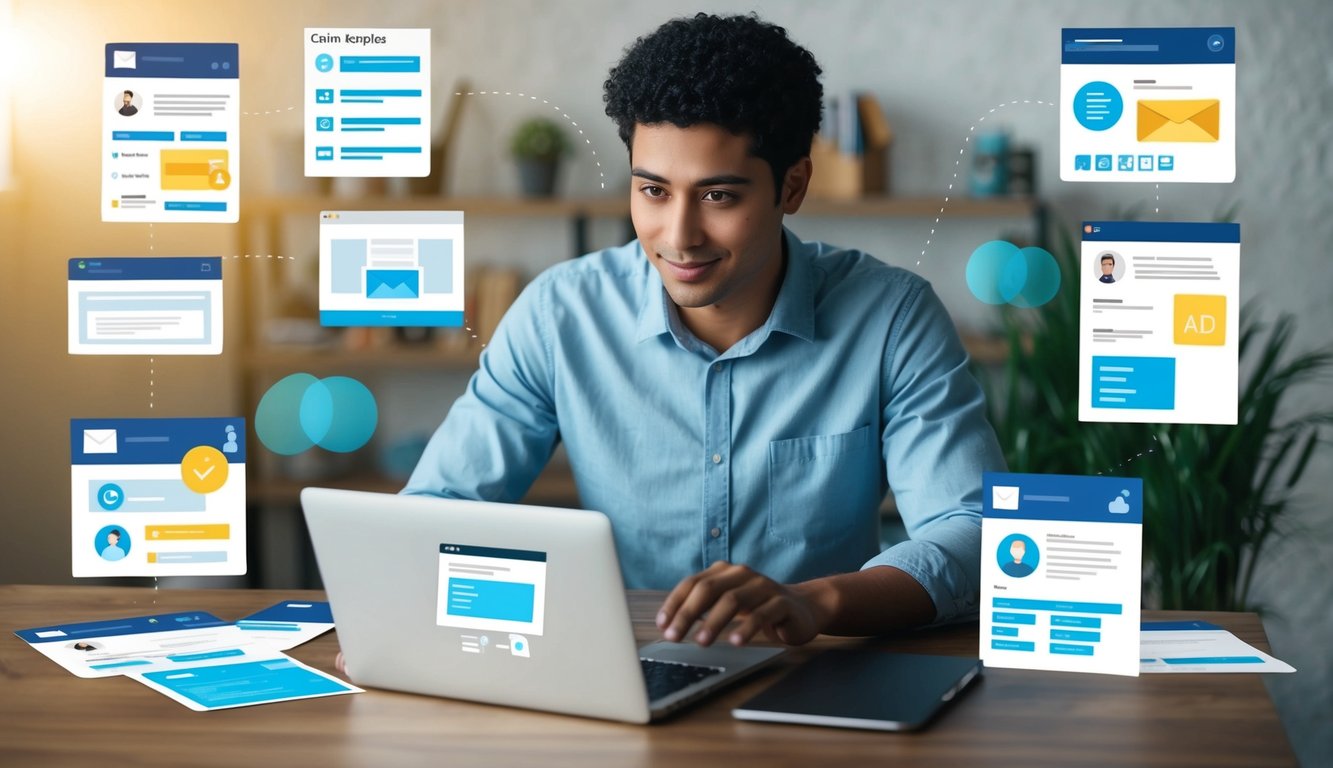
The tone of your emails significantly impacts client engagement. Tailoring your communication style to each recipient and striking the right balance between professional and personal can lead to more effective interactions.
Adapting Tone To Suit Individual Clients
Customizing your email tone for each client demonstrates attentiveness and respect. Consider their communication preferences, industry norms, and your relationship history.
Personalized greetings can set a positive tone from the start. Use the client’s name and reference previous interactions when appropriate.
Pay attention to the client’s writing style in their emails to you. Mirror their level of formality, use of humor, or technical language to create rapport.
For new clients, err on the side of formality until you better understand their preferences. As the relationship develops, you can adjust your tone accordingly.
Balancing Professionalism And Personal Connection
Maintaining professionalism while building a personal connection requires finesse. Be polite and sincere in your communication to establish a positive tone.
Use a friendly opener, but keep it brief and relevant. For example:
“I hope this email finds you well. I enjoyed our discussion about project X last week.”
Incorporate a professional yet warm closing. Examples:
- “Looking forward to our continued collaboration”
- “Thank you for your time and input”
Avoid overly casual language or slang, but don’t be afraid to express genuine interest in the client’s success.
Examples Of Effective Email Tones
-
Formal and respectful:
“Dear Mr. Johnson,
Thank you for your inquiry regarding our services. We appreciate your interest and would be pleased to provide further information…” -
Friendly and professional:
“Hi Sarah,
Great to hear from you! I’m excited about the progress on your project. Here are the key updates you requested…” -
Empathetic and solution-oriented:
“Hello David,
I understand your concerns about the recent delay. We’re committed to resolving this issue promptly. Here’s what we’re doing to get things back on track…”
Adjust these examples to fit your specific client relationships and situations. Remember to use non-discriminatory language and focus on clear, concise communication.
Timing Your Emails For Maximum Impact
Sending emails at the right time can significantly boost open rates and engagement. Strategic timing considers your clients’ schedules, industry norms, and personal preferences to maximize the impact of your messages.
Understanding Client Routines And Preferences
Analyze your clients’ typical workday patterns to identify optimal times for email communication. B2B emails generally perform best on Tuesdays and Wednesdays.
Morning hours, particularly between 9-11 AM, often see higher open rates as people check their inboxes.
Consider your clients’ time zones and adjust accordingly. If you’re dealing with international clients, use scheduling tools to ensure delivery during their business hours.
Pay attention to industry-specific trends. For example, retailers might find success with emails timed around shopping events like Black Friday.
Best Practices For Email Timing
Aim to be one of the first emails in your clients’ inboxes. This demonstrates that you value their time and prioritize effective communication.
Avoid sending emails during typical lunch hours (12-2 PM) or after business hours, as they’re more likely to be overlooked.
Test different send times and track metrics like open rates and click-through rates to refine your timing strategy.
Consider the nature of your email. Urgent messages may require immediate sending, while newsletters can be scheduled for optimal engagement times.
Tools And Techniques For Scheduling Emails
Utilize email marketing platforms with scheduling features to automate your timing strategy. These tools often provide analytics to help you optimize send times.
Implement A/B testing to compare the performance of emails sent at different times. This data-driven approach helps refine your timing strategy over time.
Use AI-powered tools that analyze recipient behavior to suggest personalized send times for each client.
Set up email sequences that automatically adjust timing based on a recipient’s previous interactions with your messages.
Leveraging Technology For Personalization
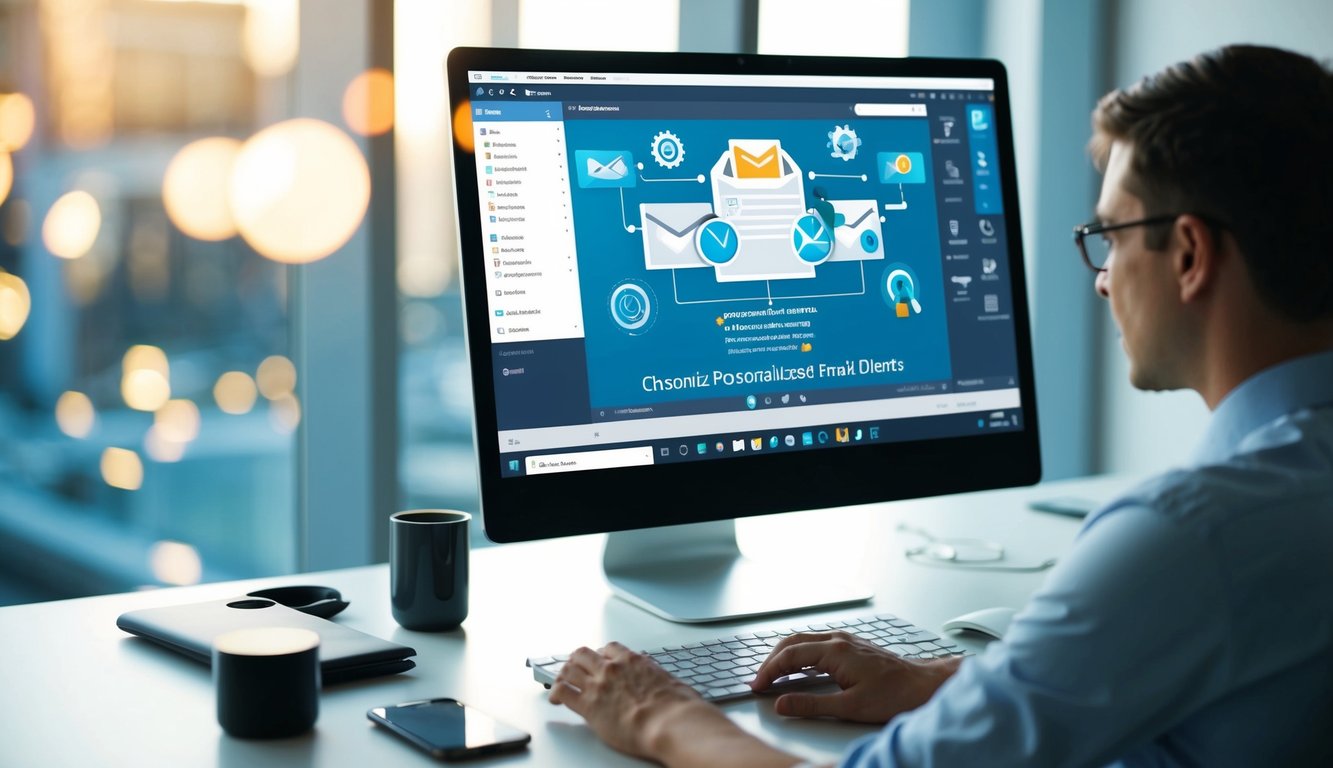
Modern technology provides powerful tools to enhance email personalization at scale. By harnessing these advancements, you can create tailored experiences that resonate with each recipient.
Email Marketing Platforms And Tools
Leading email marketing platforms like HubSpot, MailChimp, and ActiveCampaign offer robust personalization features. These tools allow you to segment your audience based on various criteria such as demographics, past interactions, and purchase history.
You can use dynamic content blocks to customize email elements for different segments. This ensures each recipient sees relevant information, products, or offers.
Many platforms also provide AI-powered subject line generators and content recommendations. These features help you craft compelling messages that are more likely to engage your audience.
Automation And Personalization: Striking The Right Balance
Automation enables you to send personalized emails at scale without sacrificing the human touch.
Set up triggered emails based on specific actions or milestones in the customer journey.
Welcome sequences, abandoned cart reminders, and post-purchase follow-ups can all be automated while maintaining a personalized feel.
Use merge tags to insert recipient-specific information like names, recent purchases, or account details.
Be cautious not to over-automate. Regularly review your automated sequences to ensure they remain relevant and aligned with your brand voice.
Analyzing Data To Improve Personalization
Leverage analytics tools to gather insights on email performance and recipient behavior.
Track key metrics such as open rates, click-through rates, and conversion rates for different segments and campaigns.
Use A/B testing to experiment with various personalization techniques. Test different subject lines, content layouts, and call-to-action buttons to identify what resonates best with your audience.
Advanced personalization techniques like predictive analytics can help you anticipate customer needs and preferences. This allows you to send highly targeted recommendations and offers, increasing engagement and customer lifetime value.
Case Studies and Success Stories
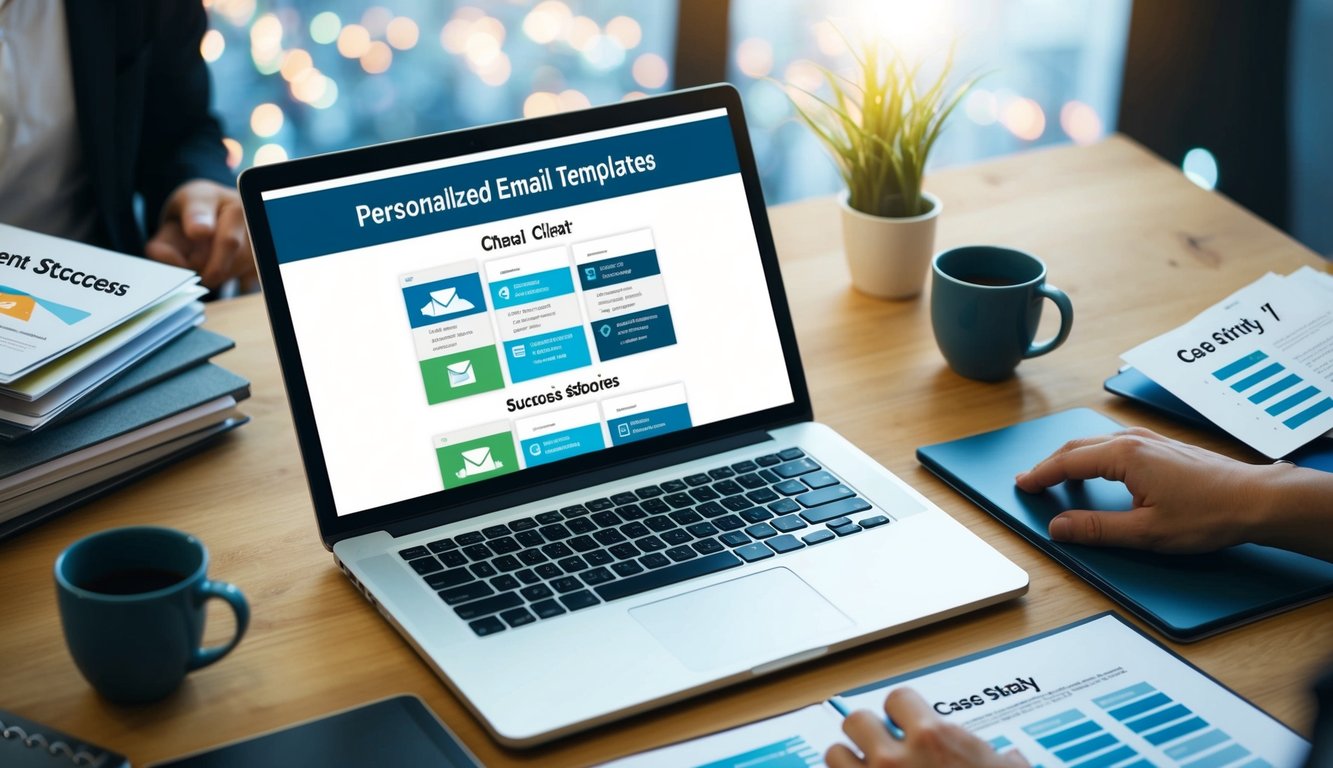
Personalized email campaigns have yielded impressive results for many companies. These real-world examples demonstrate effective techniques and valuable insights for enhancing client engagement.
Examples of Successful Personalized Email Campaigns
Amazon’s personalized recommendations have set the standard for tailored email marketing. They analyze your browsing and purchase history to suggest products you’re likely to buy.
Grammarly uses educational content to nurture leads. Their emails provide writing tips and grammar lessons, showcasing the value of their product while helping users improve their skills.
Airbnb’s personalized travel recommendations have boosted engagement and bookings. They use your search history and past stays to suggest relevant destinations and accommodations.
Spotify creates personalized playlists based on your listening habits. Their emails highlight these custom playlists, encouraging you to discover new music and spend more time on their platform.
Lessons Learned from Real-Life Applications
Segmentation is crucial for effective personalization. Dividing your audience into groups based on behavior, preferences, or demographics allows for more targeted messaging.
Timing matters. Sending emails when your audience is most likely to engage can significantly improve open and click-through rates.
Personalization goes beyond using the recipient’s name. Tailoring content, product recommendations, and offers based on individual preferences and behaviors yields better results.
A/B testing is essential for optimization. Continuously test different elements of your emails to refine your approach and improve performance over time.
Tips for Implementing Similar Strategies
Start with data collection. Gather information about your clients’ preferences, behaviors, and interactions with your brand to inform your personalization efforts.
Invest in the right tools. Use email marketing platforms that offer advanced personalization features and integration with your customer relationship management system.
Focus on providing value. Ensure your personalized emails offer relevant and useful information or offers to your recipients.
Be transparent about data usage. Clearly communicate how you collect and use customer data to personalize their experience.
Regularly update your personalization strategies. Stay current with industry trends and evolving customer preferences to maintain the effectiveness of your campaigns.
Can you provide examples of successful personalized email campaigns?
A travel company increased bookings by 73% by sending personalized destination recommendations based on past searches and bookings. They included tailored content and offers for each recipient.
An e-commerce retailer boosted sales by 20% through personalized product recommendations in abandoned cart emails. They used customer browsing history and purchase patterns to suggest relevant items.





